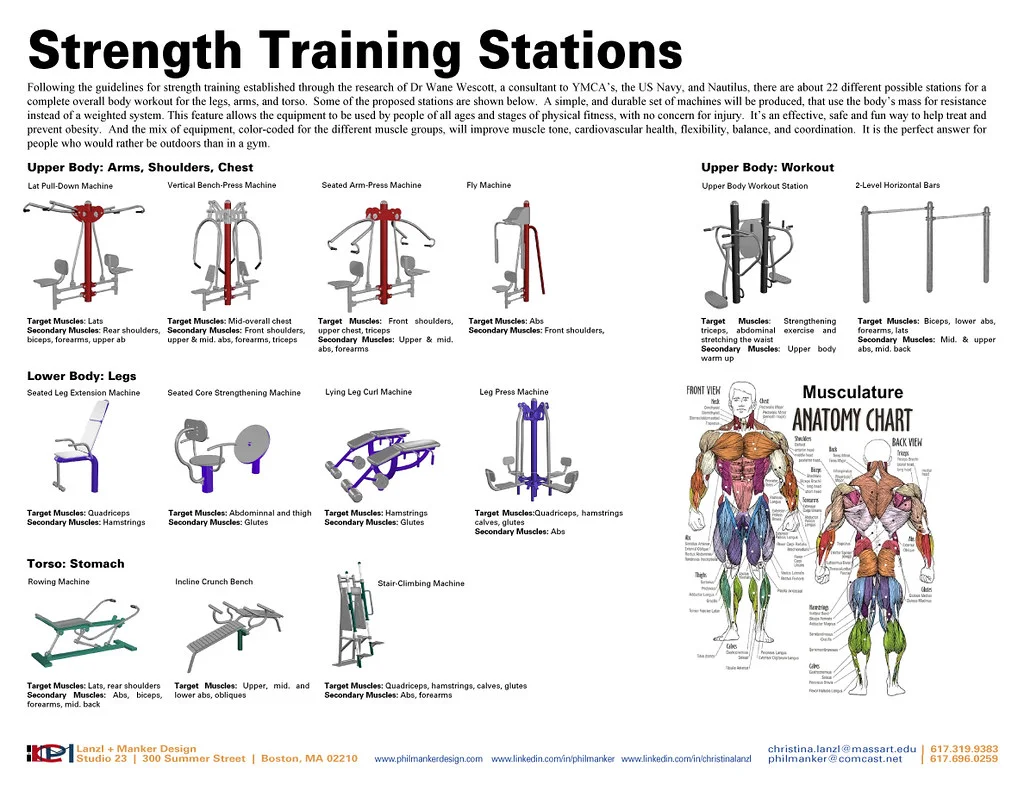Embarking on a journey into strength training as a beginner can be both exhilarating and daunting. In this comprehensive guide, we, at angelic fitness, are here to equip you with the knowledge and tools you need to not only kickstart your strength training journey but also to surpass the competition in your quest for optimal search engine visibility.
The Fundamentals of Strength Training
What is Strengths Training?
Strength training, often referred to as resistance training, is a form of exercise that focuses on building muscle strength, enhancing endurance, and boosting overall physical fitness. Unlike cardiovascular exercises, which primarily target the cardiovascular system, strength training involves the use of resistance to challenge and stimulate muscle growth.
Benefits of Strength Training for Beginners

1. Muscle Development
Engaging in regular strength training promotes the development of lean muscle mass. As a beginner, this is particularly beneficial, as it sets the foundation for a strong and well-defined physique.
2. Increased Metabolism
One of the often-overlooked advantages of strength training is its impact on metabolism. Building muscle requires energy, and as your muscle mass increases, so does your resting metabolic rate. This means you burn more calories even when at rest.
3. Improved Bone Health
Strength training is not only about muscles; it also plays a crucial role in maintaining and enhancing bone density. This is especially important for beginners, as it establishes a solid skeletal foundation for more advanced exercises.
Getting Started with Strength Training

1. Consultation with a Fitness Professional
Before diving into any strength training program, it’s essential to seek guidance from a qualified fitness professional. They can assess your fitness level, discuss your goals, and tailor a program that aligns with your unique needs.
2. Understanding Your Body
Every body is different, and as a beginner, it’s crucial to understand your own. Recognize your strengths, identify areas for improvement, and set realistic goals that align with your current fitness level.
3. Basic Strength Training Exercises
a. Squats

Squats are a fundamental strength training exercise that engages multiple muscle groups, including the quadriceps, hamstrings, and glutes. Mastering proper squat form is essential for preventing injuries and maximizing results.
b. Deadlifts
Deadlifts target the muscles in your lower back, glutes, hamstrings, and core. As a beginner, start with light weights, focusing on form before gradually increasing the load.
c. Bench Press
The bench press is an excellent upper body exercise that works the chest, shoulders, and triceps. Begin with a manageable weight and concentrate on maintaining a controlled motion.
Crafting Your Beginner’s Strength Training Routine

1. Frequency and Consistency
Consistency is key in strength training. Establish a regular workout routine, ensuring a balance between workout frequency and adequate rest. This will allow your muscles to recover and grow stronger.
2. Progressive Overload
To continue seeing results, it’s essential to progressively increase the intensity of your workouts. This can involve lifting heavier weights, increasing the number of repetitions, or adjusting rest intervals.
3. Nutrition for Strength Training Success
Fueling your body with the right nutrients is paramount for success in strength training. Ensure an adequate intake of protein, complex carbohydrates, and healthy fats to support muscle growth and recovery.
Monitoring Your Progress

1. Keep a Workout Journal
Documenting your strength training journey in a workout journal allows you to track progress, identify patterns, and make informed adjustments to your routine.
2. Utilize Technology
Take advantage of fitness apps and wearables to monitor your performance, track vital metrics, and stay motivated throughout your strength training journey.
Conclusion
Embarking on a strength training journey as a beginner is a rewarding endeavor that lays the foundation for a healthier, stronger you. By adhering to a well-crafted training routine, understanding your body’s unique needs, and embracing the benefits of strength training, you’re not just competing; you’re surpassing expectations.

Q1: What is strength training, and why is it important for beginners?
A1: Strength training is a form of exercise that involves resistance to build muscle strength and improve overall fitness. For beginners, it lays the foundation for a strong and well-defined physique, enhances metabolism, and promotes bone health.
Q2: How often should beginners engage in strength training?
A2: Beginners should aim for at least two to three strength training sessions per week, allowing for adequate rest between workouts. Consistency is crucial for seeing positive results.
Q3: Is it necessary to consult with a fitness professional before starting strength training?
A3: Yes, it’s highly recommended. A fitness professional can assess your fitness level, discuss your goals, and create a tailored program that aligns with your needs, reducing the risk of injuries.
Q4: What are some basic strength training exercises for beginners?
A4: Essential exercises include squats (for lower body), deadlifts (full-body), and bench press (upper body). Mastering proper form is crucial to prevent injuries and maximize results.






